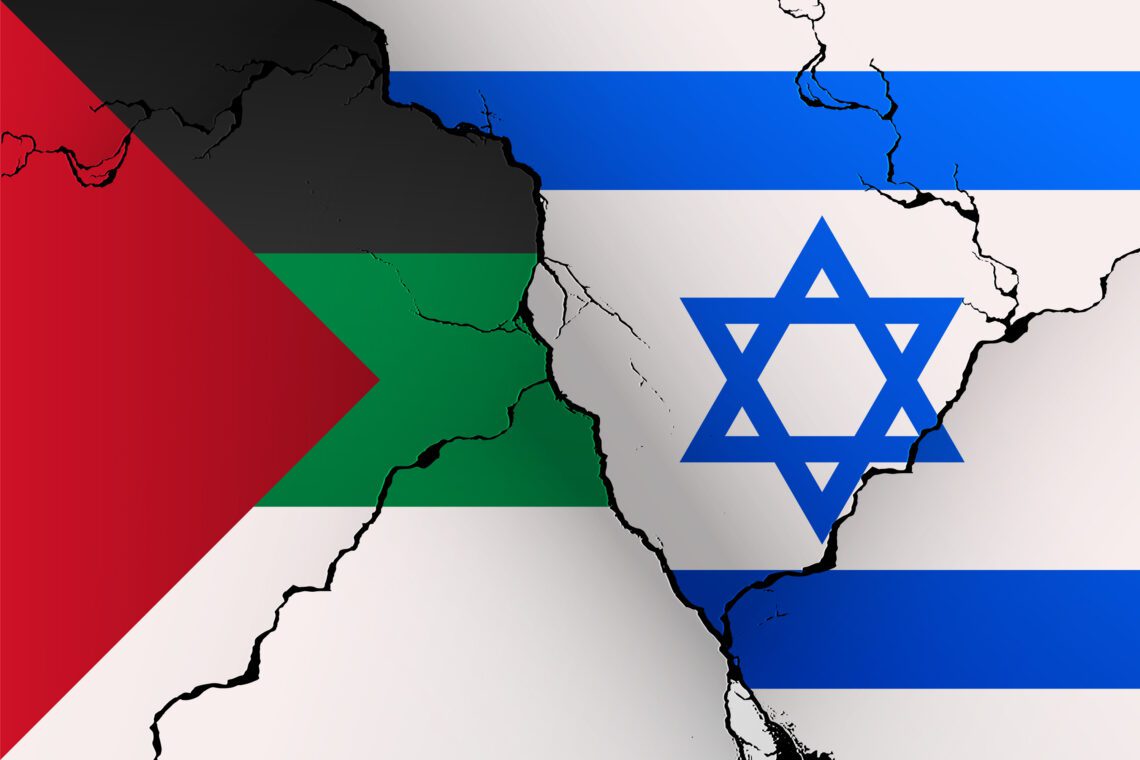
Hamas’s Ceasefire Proposal with Egypt and Qatar
Introduction:
The fighting between Israel and Hamas has been going on for years, leaving deep scars on both sides and causing widespread suffering. Despite numerous attempts to find peace, the violence has persisted. But now, a renewed effort to calm things down has emerged: Hamas has accepted a ceasefire plan put together by Egypt and Qatar.
This plan is crucial because it’s meant to slow down the fighting and let much-needed aid reach the people of Gaza. It has three stages, each aimed at reducing the violence and allowing for some stability. However, deep mistrust between both sides still lingers, and it remains to be seen if this plan can bring real peace or if old wounds will stop things from getting better.
Historical Background:
The recent escalation in violence began on October 7, when Hamas launched an attack that killed over 1,000 Israelis. This triggered a powerful response from Israel, with airstrikes and a ground offensive in Gaza, resulting in thousands of Palestinian deaths and the displacement of many families. The intensity of the fighting has brought immense suffering to both sides.
Past attempts at ceasefires have fallen apart due to deep-rooted mistrust and the absence of a long-term plan to address the underlying issues. However, this proposal, mediated by Egypt and Qatar, holds the promise of a renewed effort to establish calm. It aims to release hostages, allow humanitarian aid into Gaza, and gradually restore normalcy, offering hope that the cycle of violence can be broken if both sides uphold their commitments.
Proposal Details:
The ceasefire plan set up by Egypt and Qatar breaks down into three stages:
Stage One: Israeli women, children, and the elderly held hostage by Hamas would be freed in exchange for Palestinian prisoners. Israeli troops would also pull back from the crowded areas in Gaza. Meanwhile, the UN would set up camps to provide basic aid for families forced to flee their homes.
Stage Two: The remaining Israeli male hostages would be traded for Palestinian prisoners. The exact number hasn’t been determined yet, but this phase would be handled step by step to keep up the progress and help both sides build trust.
Stage Three: Here, the remains of hostages who died would be returned. This stage also focuses on reducing violence by continuing negotiations. By addressing these sensitive matters in a way that encourages a renewed effort toward peace, the aim is to pave the way for long-term stability.
Humanitarian Perspective:
Life in Gaza has been incredibly tough. The ongoing conflict has left people without enough food, clean water, or basic medical supplies. Hospitals are overwhelmed, and many can’t get the care they desperately need. Access to electricity and clean water is limited, making it harder for families to survive each day.
The ceasefire is meant to help aid groups safely deliver food, medicine, and other essentials. They’re standing by to provide emergency supplies and care for those in need, but they haven’t been able to do so because of the fighting. This truce gives a chance for a renewed effort to get help where it’s most needed.
Thousands of families have been forced out of their homes because they were destroyed or are too dangerous to live in. Many are now crowded into shelters or temporary camps with very little to live on. The ceasefire would let the UN set up camps where these families could find safe shelter and get the basics to survive.
Ending the violence is important to help those caught in the middle. This ceasefire could be a step toward improving conditions if both sides stay committed to bringing aid to people who are struggling the most.
Challenges and Obstacles:
The ceasefire plan faces some real hurdles that could make things tricky:
Hostage Issue: Israel insists that all hostages being held by Hamas should be returned alive. Hamas, however, has said that some of the hostages might not have survived. This difference creates a lot of tension and makes it hard to reach an agreement that both sides find fair. Negotiations over the conditions and safety of the hostages could endanger this renewed effort for peace.
Israeli Government Response: Within Israel, some right-wing groups are pressuring the government not to accept the ceasefire. They believe Hamas should be defeated and that negotiating a truce now would only help the group gain more power. This strong opposition puts the Israeli government in a tough spot, making it hard to keep everyone on the same page.
Trust Deficit: There’s a lot of distrust between Hamas and Israel. Israel doesn’t believe Hamas will honor its word, and Hamas feels the same way about Israel. This lack of trust makes both sides worry that the other might back out, and it could mess up the whole plan if one side pulls out.
Bridging these divides will need real commitment and patience from everyone involved. Both sides will have to put aside their fears and work together if this ceasefire is going to succeed.
International Response:
The ceasefire proposal has gotten a lot of attention from countries around the world.
Key Players’ Reactions: The U.S. and U.K. have backed this renewed effort to calm the violence and help aid reach Gaza. Saudi Arabia has also voiced its support, while highlighting the need for an independent Palestinian state before normalizing relations with Israel. Other nations have also urged both sides to work toward peace and protect civilians.
Egypt and Qatar’s Roles: Egypt and Qatar have played a big role in putting together and promoting the ceasefire. Egypt, sharing a border with Gaza, wants to stop further fighting near its borders and bring some stability to the region. Qatar has been supporting peace talks and is deeply involved in helping the Palestinian people.
UN and Aid Organizations: The UN and many aid groups have repeatedly called for a ceasefire to deliver much-needed medical care, food, and clean water. They’re prepared to provide help as soon as it’s safe. They’re urging both parties to hold up their end of the deal so the aid can reach those who are struggling the most.
These responses show that many countries are hopeful the ceasefire can bring some stability, as long as both sides are willing to keep their promises and work toward peace.
Analysis and Implications:
Short-term Impact: If this ceasefire proposal goes into effect, the immediate results could be a big relief for people in Gaza. More aid could come in, including food, clean water, and medical supplies for those who need it most. It would also give civilians some breathing room, offering a break from the constant fear and letting them find safe shelter. This renewed effort to bring in aid and protect people could ease a lot of suffering quickly.
Long-term Prospects: But will it hold up in the long run? It’s tough to say. Both sides have a lot of mistrust, and some people don’t think peace will last. Plus, there are political groups in Israel and Gaza that don’t want to negotiate. Still, if the ceasefire can create a short period of calm, it might pave the way for more talks and a better future. To keep moving forward, the international community will need to help push both sides to find solutions that deal with the root causes of the fighting.
Conclusion:
The ceasefire proposal worked out by Egypt and Qatar is a big opportunity to ease the ongoing conflict between Israel and Hamas. With plans to release hostages, bring in aid, and reduce the fighting, it could help both sides get some relief from the violence. For the people caught in the middle, this renewed effort might offer a bit of calm, potentially opening the door to more talks and a chance at peace.
But this will only work if international groups and countries continue to push for both sides to stick to their promises. Governments and aid organizations need to keep the pressure on, urging both parties to stay committed and work toward a peaceful resolution. Although tensions are still high, if everyone stays focused, this proposal could be a solid starting point for a better future.





